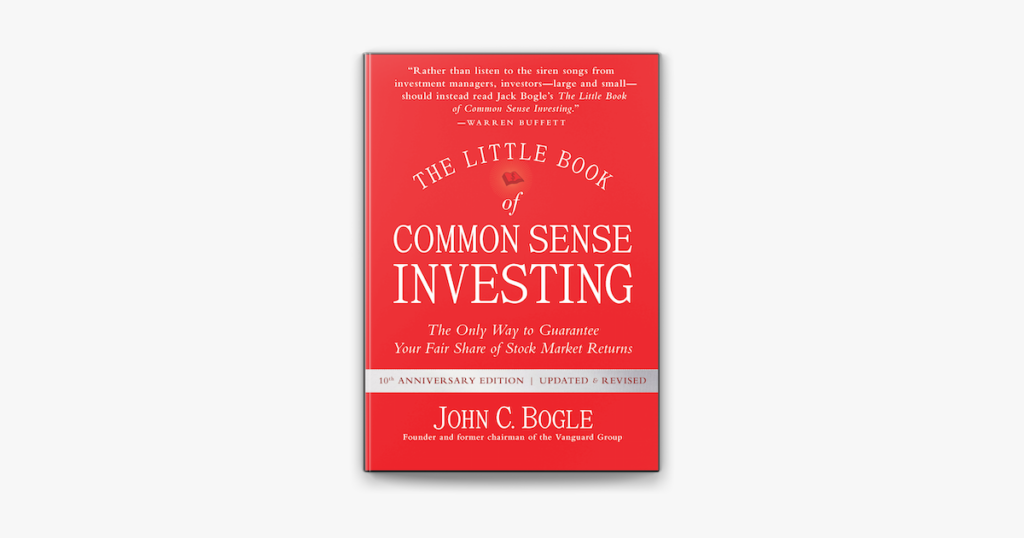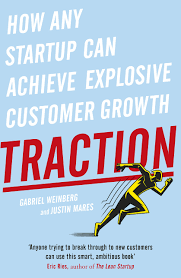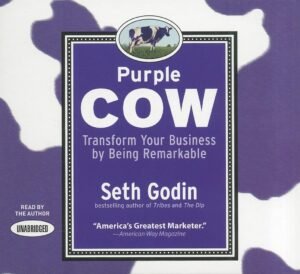Introduction: Why This Book Matters
In a world obsessed with quick wins, flashy stock tips, and overnight millionaires, The Little Book of Common Sense Investing by John Bogle feels like a breath of fresh mountain air. John Bogle, the founder of Vanguard and the pioneer of the first index fund, didn’t just write a book—he gave everyday people a financial compass that can outlast any trend.
This book matters because it strips investing down to its essence: own businesses, keep costs low, and let time do the work. For anyone tired of the roller-coaster of active trading, or frustrated by advisors eating into returns with hidden fees, Bogle’s words are nothing short of liberating.
If you’re someone chasing financial freedom, planning for retirement, or simply looking for a smarter way to grow wealth, this book was written for you.
The Parable of the Gotrocks Family: The Perfect Starting Point
One of the most powerful illustrations in the book is the Gotrocks Family Parable.
The Gotrocks family, a wealthy American dynasty, owned shares in the entire stock market. They earned dividends, watched their wealth grow, and lived well. But one day, some “Helpers” showed up—advisors, brokers, and fund managers.
“Why settle for average returns?” the Helpers asked. “We can help you do better.”
At first, it sounded logical. The Gotrocks hired advisors, who started trading stocks, buying and selling, chasing “hot tips.” But the more they traded, the more commissions, fees, and taxes ate into their wealth.
Decades later, the Gotrocks family realized something devastating: their collective return was lower than if they had just stayed the course. The Helpers got rich. The Gotrocks didn’t.
And here lies Bogle’s timeless truth:
“Investing is about owning businesses, not trading stocks.”
Key Lessons from The Little Book of Common Sense Investing
1. Owning Businesses, Not Just Stocks
When you buy an index fund, you’re not gambling on one company—you’re owning a slice of hundreds of the world’s strongest businesses.
-
Example: Ajay, a 32-year-old engineer from Delhi, started buying random stocks based on YouTube “hot picks.” After 3 years, his portfolio barely grew. Frustrated, he switched to a Nifty 50 index fund and watched his returns stabilize at ~12% annually. Instead of chasing, he became an owner of India’s top companies—Infosys, Reliance, HDFC—without stress.
Practical Tip: Stop trying to outguess the market. Invest in broad-market index funds that represent the economy itself.
2. The Magic of Compounding with Index Funds
Active managers trade frequently, which means costs, taxes, and mistakes pile up. Bogle shows that as motion increases, returns decrease (Warren Buffett also echoed this).
-
Example: The S&P 500 Index has historically delivered ~10% annualized returns. But investors in actively managed funds often see only 6–8% after fees. Over 30 years, that difference can mean millions.
Practical Tip: Choose index funds with the lowest expense ratios. Compounding works best when you avoid hidden costs.
3. Costs Are the Enemy of Investing
Whether it’s advisor fees (1–2% annually), transaction costs, or tax inefficiencies, every dollar you pay is a dollar you don’t compound.
Bogle’s rule is simple:
“In investing, you get what you don’t pay for.”
Practical Tip: Pick index funds with expense ratios below 0.2%. Vanguard and many Indian funds (like HDFC or ICICI Prudential index funds) now offer such options.
4. Diversification Saves You From Risk
Individual businesses rise and fall. Kodak, once dominant, vanished. But an index fund holding the top 50 or 500 companies ensures that even if one fails, others lift the portfolio.
-
Real-Life Example: Ramesh, a small business owner, put 70% of his savings in Yes Bank stock around 2016. When the stock crashed, his savings collapsed. Had he invested in Nifty 50 index funds, Yes Bank would have been a tiny fraction—barely noticeable in the long run.
Practical Tip: Never bet your future on one company. Index funds spread your risk across industries and leaders.
5. Time in the Market Beats Timing the Market
Bogle reminds us: nobody can consistently predict the market. Instead of waiting for the “perfect time,” invest consistently and let time compound your returns.
-
Warren Buffett’s Advice: “The best thing to do is buy 90% in index funds and 10% in short-term bonds.”
Practical Tip: Automate your investments. Set up SIPs (Systematic Investment Plans) in index funds and forget about short-term market noise.
Step-by-Step Guide to Applying Bogle’s Wisdom
-
Start Simple: Open a low-cost investment account with access to index funds.
-
Choose Wisely: Look for funds like S&P 500 Index Fund, Nifty 50 Index Fund, or Total Stock Market Index.
-
Keep Costs Low: Compare expense ratios. Anything above 0.5% is too much.
-
Stay Disciplined: Ignore “hot stock tips” and avoid frequent trading.
-
Think Long-Term: Stay invested for decades, not months.
-
Structure Your Portfolio:
-
90% “serious money” in index funds.
-
5–10% “fun money” in riskier assets (crypto, small-cap stocks) if you must.
-
-
Reinvest Dividends: Don’t cash out dividends—reinvest them for compounding.
Lessons Learned: The Biggest Takeaways
-
Index funds outperform 80–90% of actively managed funds over decades.
-
Costs and taxes are silent wealth-killers.
-
Discipline, not brilliance, creates wealth.
-
Patience is the ultimate investing superpower.
Real-Life Success Stories
-
Buffett’s Bet Against Hedge Funds:
In 2007, Warren Buffett made a famous $1 million bet: that an S&P 500 index fund would outperform hedge funds over 10 years. In 2017, he won—the index fund gained 125%, while the hedge funds lagged far behind after fees. -
The Everyday Investor – Meera’s Story:
Meera, a 28-year-old teacher from Bangalore, avoided investing because she feared risk. After reading about index funds, she started with ₹5,000 monthly SIP in a Nifty 50 fund. Ten years later, her disciplined investing grew into a ₹12 lakh portfolio—without stress, without “market timing,” and without paying a rupee in advisor fees.
Action Plan: Start Your Journey Today
-
Begin with an index fund that tracks a broad market (like Nifty 50 or S&P 500).
-
Automate contributions monthly, no matter the market condition.
-
Keep fees ultra-low.
-
Be patient and think in decades, not days.
-
Remember: Your greatest asset in investing is time, not timing.
Conclusion: Why Bogle’s Wisdom Still Rules
John Bogle wasn’t just an investor; he was a revolutionary. By giving birth to the first index fund, he empowered ordinary people to take charge of their financial futures. His advice is simple, boring even—but it works.
In a noisy world of “market hacks” and “quick riches,” The Little Book of Common Sense Investing stands as a timeless lighthouse. Follow its path, and you’ll not only grow wealth—you’ll grow peace of mind.
Call to Action
Inspired by these lessons? This is just one gem from our Book to Life series. Pick up The Little Book of Common Sense Investing by John Bogle today and take the first step toward financial freedom. Your wealth doesn’t need to be complicated—it just needs to be consistent.
Disclaimer
This story and examples are for educational purposes only, illustrating how to apply book concepts in real life. It is not financial advice. Please consult a financial advisor before making investment decisions.




